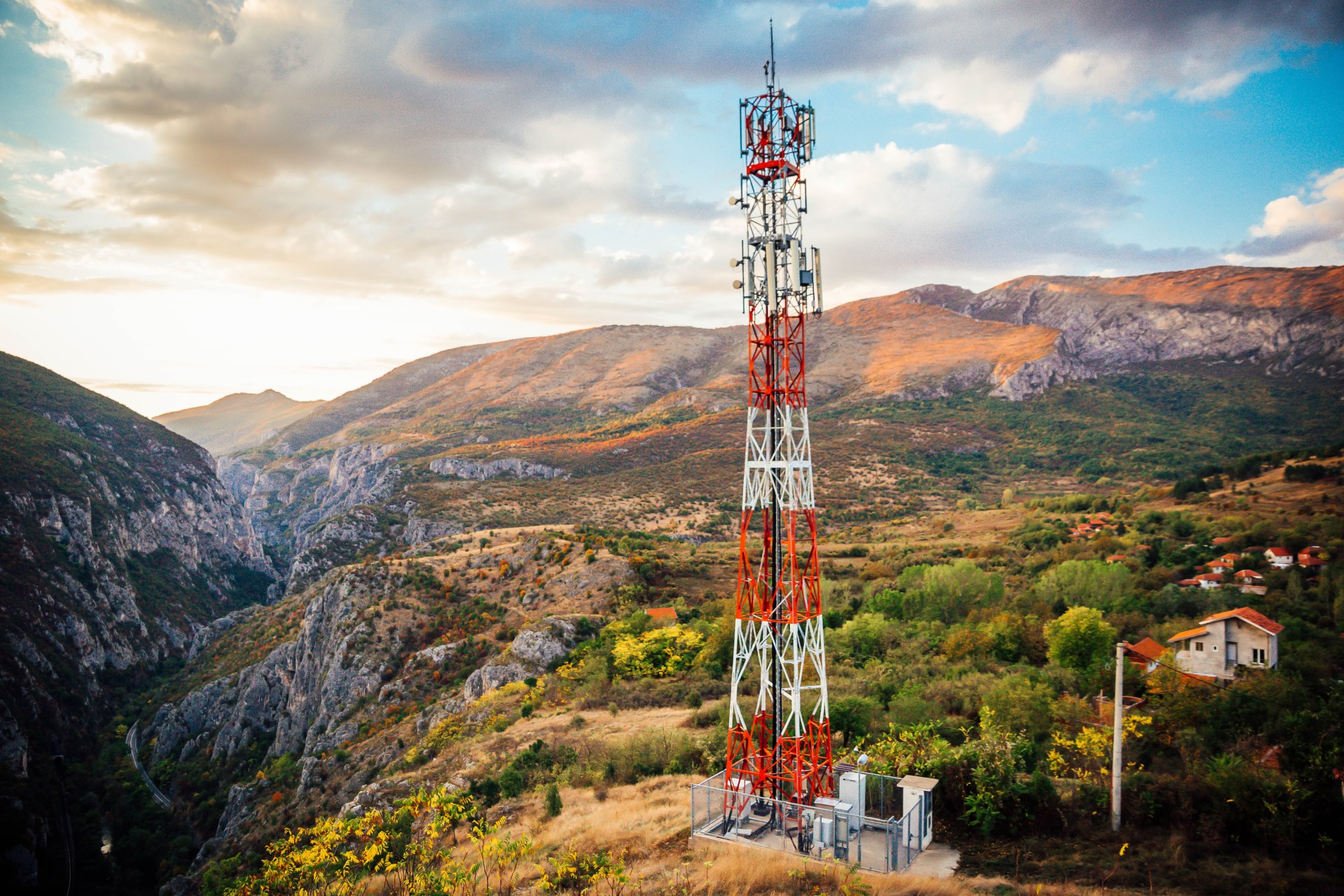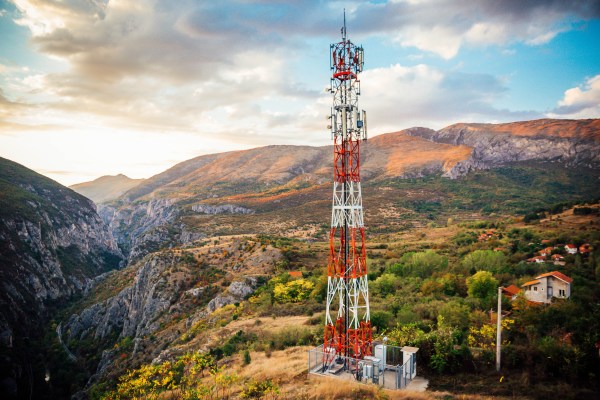

Edge computing is key to the development of the internet of things and, hence, to the development of smart cities. With that in mind, here is a quick guide to the role of edge data centers in smart cities.
Smart cities are urban areas that leverage technology and data-driven solutions to enhance the quality of life for residents, optimize resource utilization, and improve the efficiency of urban services.
These cities integrate various technologies such as Internet of Things (IoT) sensors, data analytics, artificial intelligence, and communication networks to create interconnected systems for monitoring, managing, and optimizing urban infrastructure and services.
Edge data centers are small-scale data centers located at the edge of the network. They may be deployed on their own. It is, however, more common for them to be used as part of a broader data-processing ecosystem. Typically, edge data centers will be used to handle simple processing tasks while more complex tasks are sent to a traditional cloud.
As edge data centers are used for local processing, they generally only deliver meaningful value in places where there is a high concentration of users and/or devices. For practical purposes, this means urban environment in general and smart cities in particular. Edge data centers in smart cities deliver three key benefits.
Minimal latency: Cities tend to be fast-paced environments and IoT applications used in cities typically benefit from fast responses. For example, autonomous vehicles and driver-assist tools need to operate in real-time (or very close to it). Processing data locally minimizes latency and hence enables the fastest response times.
Minimal congestion: Digital congestion is a pressing issue for network managers. It’s particularly relevant in smart cities as these inherently generate vast quantities of data. Processing this data at the edge of the network removes the need for it to travel to and from a central data center. It therefore alleviates the congestion on digital traffic routes.
High resilience: The distributed nature of edge computing means that it is inherently resilient. As long as an appropriate level of redundancy is built into the overall ecosystem, disruption to any one part of it can be easily absorbed by the remaining parts.
There are numerous use cases for edge data centers in smart cities. Here are just three popular examples of how they can be used to improve city life.
Real-time traffic management: Edge data centers can process traffic data from various sources, such as traffic cameras, sensors, and GPS devices, in real-time to optimize traffic flow, reduce congestion, and improve road safety.
Smart grid management: Edge data centers play a crucial role in managing smart grids by processing energy consumption data from IoT devices, meters, and sensors distributed throughout the city. By analyzing this data locally at the edge, utilities can optimize energy distribution, predict demand patterns, and identify opportunities for energy conservation and load balancing.
Public safety: Edge data centers support public safety initiatives by processing video feeds from surveillance cameras, gunshot detection systems, and other sensors in real time. By analyzing video streams locally at the edge, law enforcement agencies can identify and respond to incidents quickly, detect anomalies, and enhance situational awareness.
Although deploying edge data centers in smart cities brings many benefits, it also brings some challenges. Here are some of the main ones and how they can be addressed.
Innovative designs, such as compact modular edge data center units, can optimize space utilization. Additionally, collaboration with local authorities and infrastructure providers can help address power and connectivity challenges through the deployment of smart grids and high-speed networks.
Implementing energy-efficient technologies, such as renewable energy sources and advanced cooling systems, can reduce operational costs. Automation and remote monitoring capabilities can also streamline maintenance processes and minimize downtime.
Implementing robust security measures, including encryption, access controls, and intrusion detection systems, can safeguard data against unauthorized access. Compliance with data protection regulations and standards, such as GDPR and ISO 27001, is essential to ensure privacy and regulatory compliance.
Adopting flexible and scalable architectures, such as microservices and containerization, enables rapid deployment and scaling of edge applications. Standardizing communication protocols and interfaces facilitates interoperability between edge devices, applications, and centralized data centers.
Leveraging centralized management platforms and remote monitoring tools enables administrators to monitor and manage edge infrastructure efficiently. Implementing predictive maintenance algorithms and automated remediation processes can proactively address issues and minimize manual intervention.

Discover the DataBank Difference today:
Hybrid infrastructure solutions with boundless edge reach and a human touch.